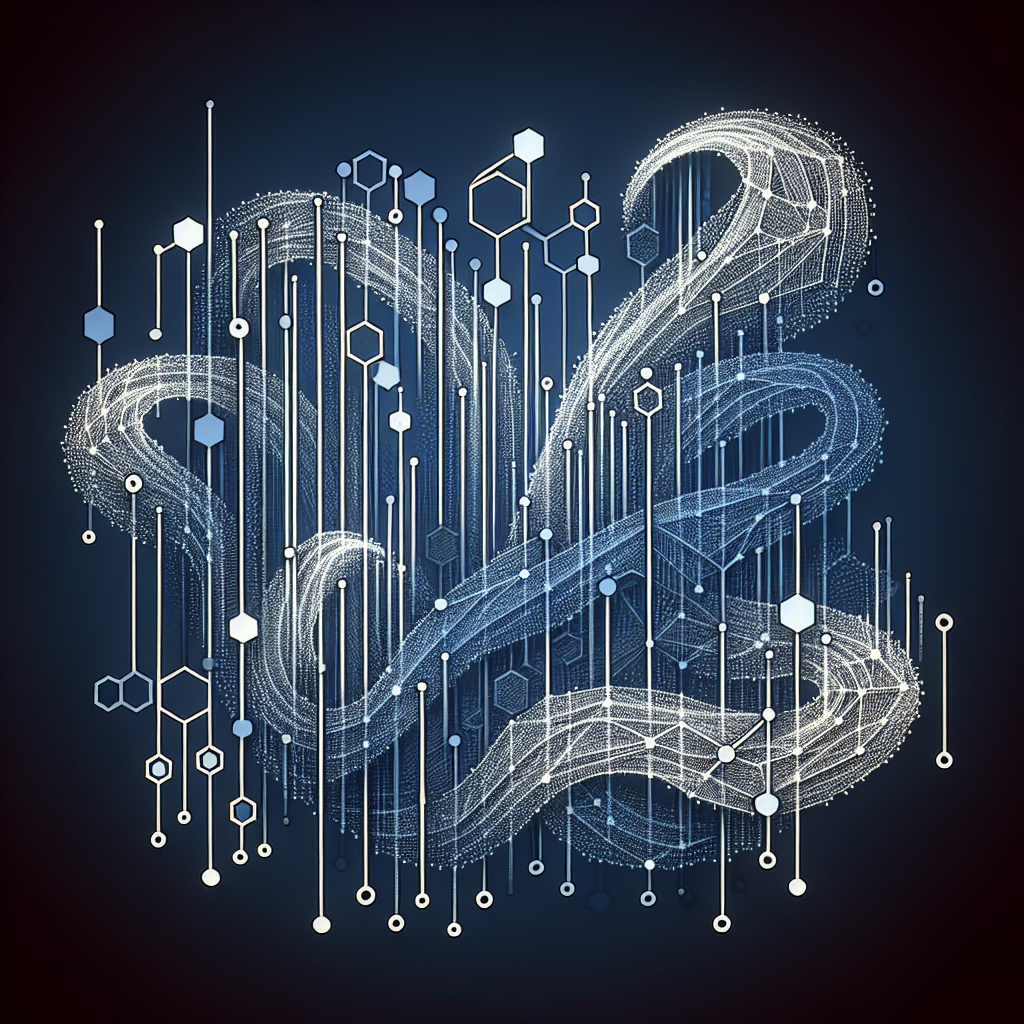Your cart is currently empty!
Data Fabric: The Future of Data Integration and Management

Data Fabric: The Future of Data Integration and Management
In today’s rapidly evolving digital landscape, businesses are generating and collecting vast amounts of data at an unprecedented rate. This data comes from a variety of sources, including sensors, social media, customer interactions, and more. As a result, organizations are facing the challenge of integrating and managing this data in a way that allows them to extract valuable insights and drive business outcomes.
Data Fabric is emerging as the solution to this challenge. Data Fabric is a unified and cohesive data management framework that provides a seamless way to integrate, manage, and analyze data from multiple sources. It enables organizations to gain a holistic view of their data and leverage it for better decision-making and improved business outcomes.
One of the key benefits of Data Fabric is its ability to provide a unified view of data across the entire organization. This means that businesses can break down data silos and integrate data from disparate sources, such as on-premises systems, cloud applications, and external data sources. By doing so, organizations can gain a more complete and accurate understanding of their data, leading to more informed decision-making.
In addition, Data Fabric enables organizations to easily manage and govern their data. It provides a centralized platform for data management, allowing businesses to define data policies, enforce data quality standards, and ensure compliance with regulatory requirements. This helps organizations to maintain data integrity and security, while also improving data accessibility and transparency.
Furthermore, Data Fabric provides advanced analytics capabilities that enable organizations to derive valuable insights from their data. By leveraging machine learning and artificial intelligence algorithms, organizations can uncover hidden patterns, trends, and correlations in their data, leading to more accurate predictions and better business outcomes.
Overall, Data Fabric is poised to revolutionize the way organizations integrate and manage their data. By providing a unified and cohesive data management framework, Data Fabric enables organizations to gain a comprehensive view of their data, improve data governance and compliance, and derive valuable insights for better decision-making. As businesses continue to generate and collect vast amounts of data, Data Fabric will play a crucial role in helping organizations harness the power of their data and drive innovation and growth.

Leave a Reply